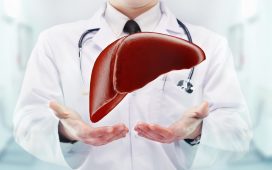Physicians’ beliefs, availability of services, but not patients’ beliefs, explain geographic variation
TUESDAY, Aug. 7, 2018 (HealthDay News) — Geographic variation in end-of-life spending can be explained by availability of services and physicians’ beliefs, but not patients’ beliefs, according to a study published in the July issue of Health Affairs.
Nancy L. Keating, M.D., M.P.H., from Harvard Medical School in Boston, and colleagues examined the extent to which variation in health care spending in the months before death is explained by differences in patients’ sociodemographic factors, clinical factors, and beliefs; physicians’ beliefs; and service availability. Data were included for 1,132 patients aged 65 years and older diagnosed with lung or colorectal cancer in 2003 to 2005, had advanced stage cancer, died before 2013, and were enrolled in fee-for-service Medicare.
The researchers found that the mean expenditures were $13,663 for the last month of life. Compared with those in lower-spending areas, physicians in higher-spending areas reported less knowledge about and comfort with treating dying patients and less positive attitudes about hospice. Compared with lower-spending areas, higher-spending areas had more physicians and fewer primary care providers and hospices in proportion to their total population. Physicians in higher-spending areas also reported less knowledge about and comfort with treating dying patients and less positive attitudes about hospice compared to those in lower-spending areas.
“Availability of services and physicians’ beliefs, but not patients’ beliefs, were important in explaining geographic variations in end-of-life spending,” the authors write. “Enhanced training to better equip physicians to care for patients at the end of life and strategic resource allocation may have potential for decreasing unwarranted variation in care.”
Copyright © 2018 HealthDay. All rights reserved.








